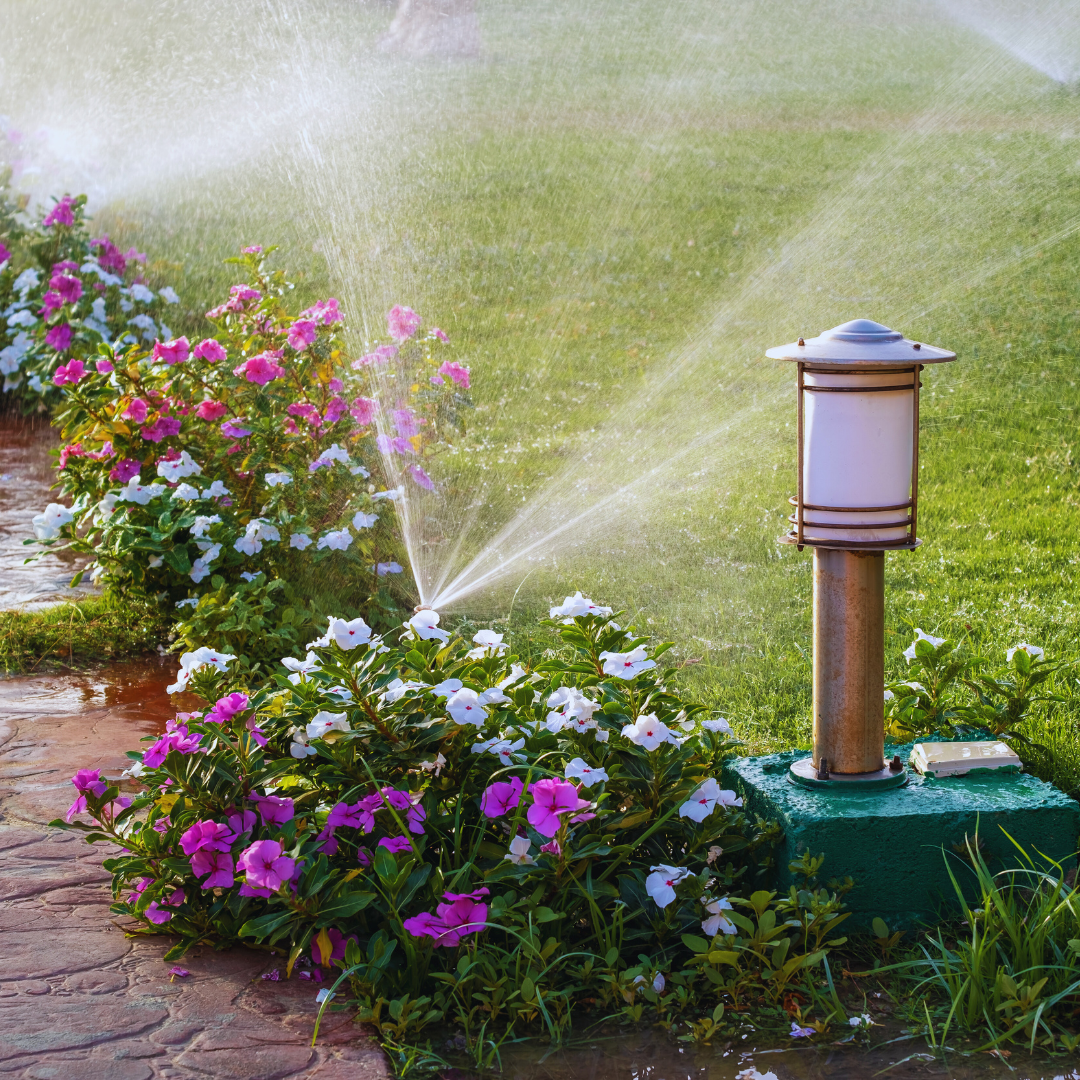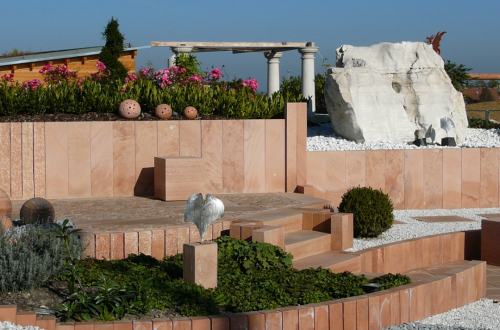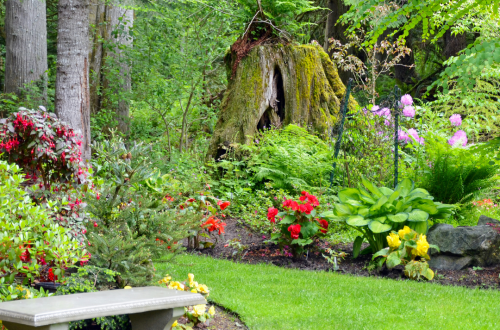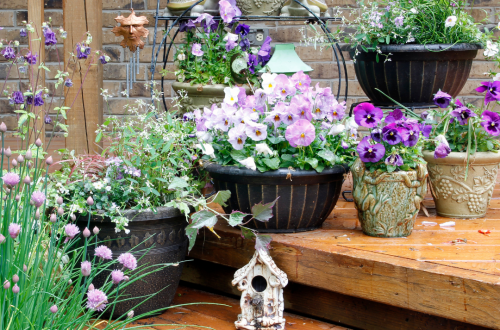Creating a low-maintenance garden can significantly enhance outdoor enjoyment without the burden of constant upkeep. The key to designing a low-maintenance garden lies in selecting the right plants and materials that thrive with minimal intervention. This approach allows gardeners to enjoy a beautiful outdoor space while spending less time on chores.
Incorporating features such as native plants, xeriscaping, and durable hardscapes not only conserves resources but also simplifies maintenance routines. Gardening enthusiasts will find that thoughtful design choices lead to a more sustainable and aesthetically pleasing environment. By focusing on low-maintenance garden ideas, individuals can create spaces that reflect their personal style without overwhelming them with work.
Optimising layout and plant selection can make a significant difference in the amount of care required. Using perennials, ground covers, and mulch can reduce the need for frequent watering and weeding. Embracing these techniques will result in a thriving garden that enhances leisure time in the outdoor haven.
Choosing the Right Plants for a Low-Maintenance Garden
Selecting appropriate plants is crucial for creating a low-maintenance garden. This involves choosing those that require less water, minimal pruning, and can thrive in local conditions.
Opting for Perennials and Evergreens
Perennial plants are ideal for low-maintenance gardens, as they return year after year without the need for replanting. Options like lavender, black-eyed Susan, and Russian sage are not only hardy but also attract pollinators. Evergreen plants, such as evergreen shrubs, provide year-round structure and colour, reducing the need for seasonal planting.
Choosing herbaceous perennials can add visual interest without significant upkeep. Many of these plants thrive in various conditions, requiring less attention, making them reliable choices. Incorporating ornamental grasses can enhance texture and movement, further diminishing maintenance needs.
Incorporating Drought-Tolerant and Native Species
Drought-tolerant plants are vital in reducing water usage and maintenance. Native species are particularly effective as they are well-adapted to local climates and require less care once established. For example, plants like lavender and Russian sage not only tolerate dry conditions but also provide aesthetic appeal.
Adding a mix of native wildflowers will support local ecosystems, attracting beneficial insects and pollinators. Having a blend of species ensures a vibrant garden while contributing to environmental health. Placing these plants in strategic locations can maximise their impact while minimising care.
Selecting Award-Winning Reliable Plants
Many gardeners prefer award-winning plants known for their performance and resilience. Reliable plants, such as certain types of herbaceous perennials and hardy perennials, often perform well across various conditions. Their proven track records minimise risks associated with plant failure.
When selecting plants, consider those recognised for low maintenance, such as ornamental grasses and certain resilient shrubs. These plants typically require less water, fertilisation, and protection from pests, making them solid choices for a low-maintenance design.
Effective Garden Layouts and Features
Creating an efficient garden layout enhances aesthetics while ensuring minimal upkeep. Key elements like raised beds, hardscaping, and water features contribute significantly to a low-maintenance garden design.
Designing with Raised Beds and Containers
Raised beds offer several benefits in low-maintenance gardening. They improve drainage, which is crucial for plant health, and reduce the need for bending while gardening. Constructing raised beds using durable materials, such as composite timber or recycled materials, ensures longevity.
Containers can be strategically placed to add visual interest. Selecting self-watering pots reduces the frequency of watering. Incorporating ground cover plants within raised beds decreases weed growth and conserves moisture. Using organic mulches further enhances these beds, minimising water evaporation and nutrient leaching.
Incorporating Hard Landscaping Elements
Hard landscaping elements can significantly reduce maintenance time in gardens. Paving slabs and gravel areas provide attractive walkways, preventing mud and weeds. Durable lawn edging keeps grass tidy and delineates planting areas.
Composite decking is an excellent material choice for creating patios or entertaining spaces. It requires less upkeep compared to natural wood and is resistant to rot. Additionally, choosing gravel gardens reduces the need for mowing and weeding, allowing for a sleek, modern appearance with minimal work.
Adding Water Features and Garden Ornaments
Incorporating water features can enhance the tranquil atmosphere of a garden while requiring little maintenance. Options like simple ponds or water bowls can attract wildlife without extensive work. A small, recirculating fountain provides aesthetic appeal with minimal upkeep.
Including garden ornaments can also offer character and focal points without additional maintenance burdens. Selecting durable materials that withstand the weather ensures longevity. Strategically placing these elements within the garden layout can guide visitors through the space, enriching the overall experience.
Low-Maintenance Techniques and Strategies
Implementing specific techniques can significantly reduce the effort required to maintain a garden. The following strategies focus on efficiency, durability, and practicality to create a garden that thrives with minimal intervention.
Implementing an Efficient Irrigation System
An automatic irrigation system is essential for a low-maintenance garden. Drip irrigation systems deliver water directly to the plant roots, conserving water and reducing evaporation losses. Timers can be programmed to ensure regular watering, accounting for seasonal changes.
To enhance efficiency, it is important to adjust the system based on plant needs. Installing rain sensors prevents unnecessary watering during rainfall, while soil moisture sensors provide real-time data. This targeted approach minimises water use and maximises plant health.
Using Mulches and Weed-Suppressing Membranes
Mulches serve multiple purposes in a low-maintenance garden. They conserve soil moisture, regulate temperature, and suppress weed growth. Organic mulches, such as wood chips or straw, break down over time, enriching the soil.
Weed-suppressing membranes provide an additional layer of protection. These geotextiles block sunlight, preventing weed germination while allowing water and nutrients to penetrate. Together, these solutions reduce the need for manual weeding, saving both time and effort.
Choosing Quality Materials for Durability
Opting for quality materials can ensure longevity in garden features. For pathways and decking, composite decking offers strength and resistance to rot compared to traditional wood. Its low maintenance requirements make it an ideal choice for outdoor structures.
Selecting durable plants native to the local environment also contributes to longevity. These plants typically require less water and are more resilient to pests and diseases. By using high-quality materials and plants, one can create an attractive garden with minimal upkeep.






